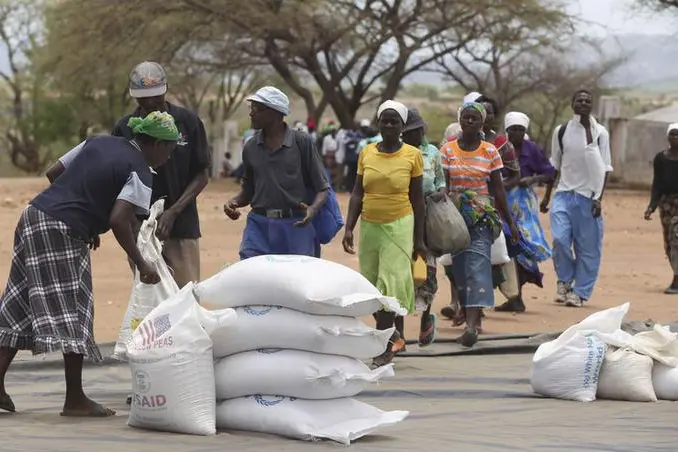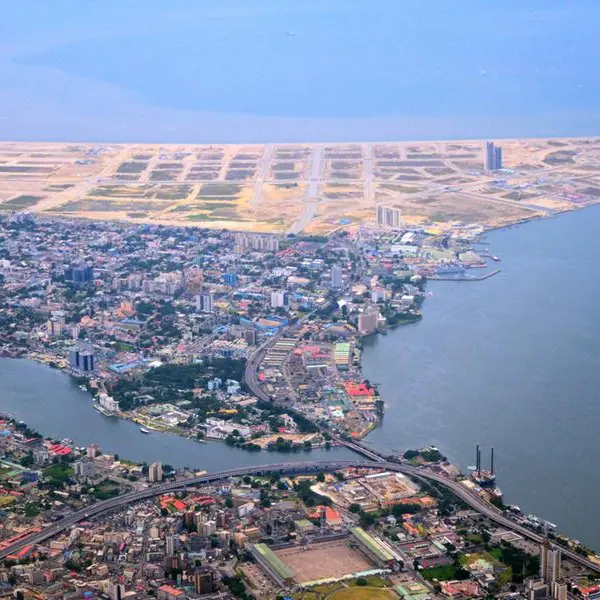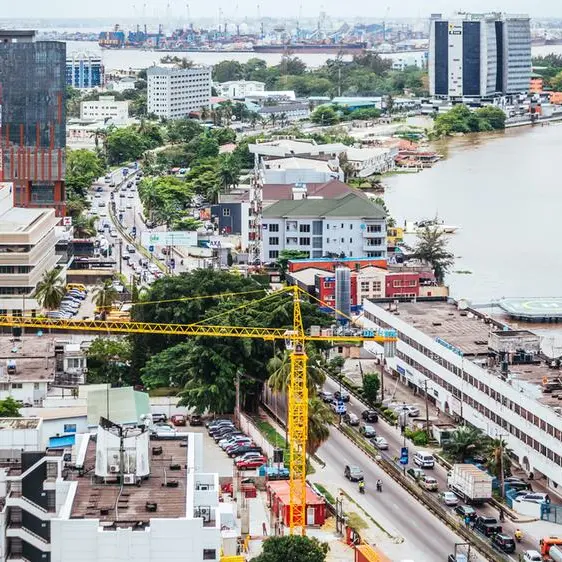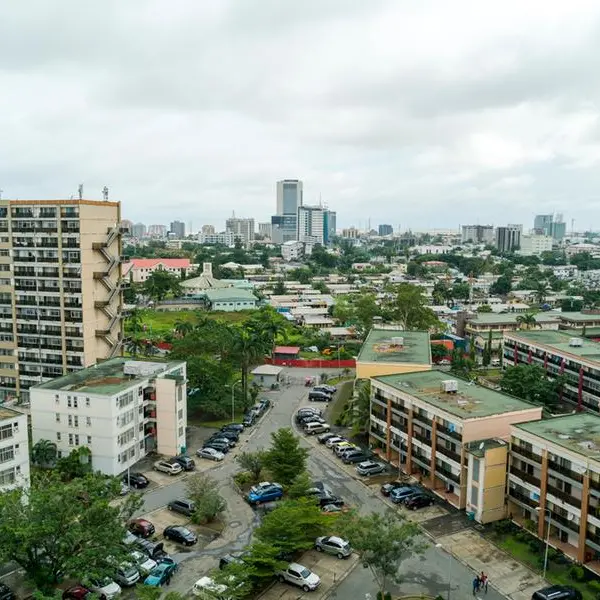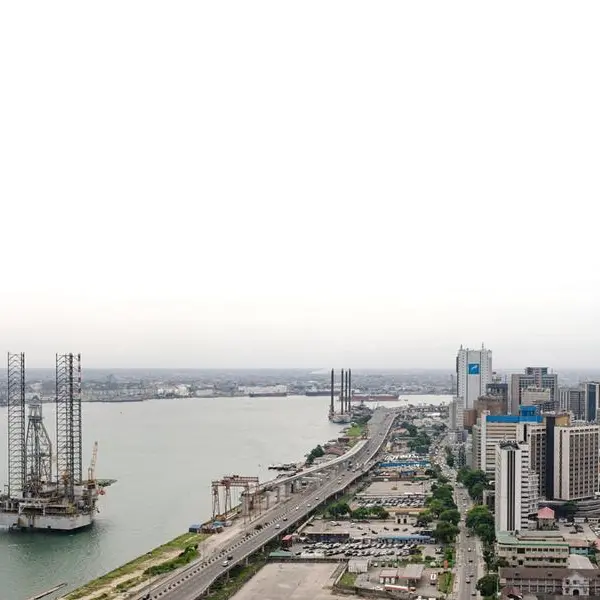PHOTO
The development comes after prices of basic foodstuffs and other commodities have soared in the country, while some food items are being charged in United States dollars at a time when most workers’ earnings are in the local currency.
Last year, Zimbabwe was ranked second to Lebanon, but it has since overtaken the Middle East country.
In the latest WB report, Venezuela is ranked second at 158% followed by Lebanon at 143%.
“Domestic food price inflation (measured as year-on-year change in the food component of a country’s Consumer Price Index remains high,” the WB noted.
However, the Zimbabwe National Statistics Agency (ZimStat) claims that the inflation rate slowed down to 229,8% but still remains one of the highest in the world.
“The Zimbabwe year-on-year inflation rate for the month of January 2023, as measured by the all items consumer price index (CPI) stood at 229,8% compared to 243,8% in December 2022,” Zimstat said.
Consumer Council of Zimbabwe executive director Rosemary Mpofu recently told NewsDay that the drop in inflation would not be felt by the citizens as long as prices continue to skyrocket.
“Inflation is our greatest enemy, and if we are not careful, we will keep going around in circles. Every player must play their part. We still need to work a lot harder with concerted effort in all sectors of the economy. Policymakers, suppliers of goods and services, manufacturers, wholesalers, retailers and even consumers need to play their part,” Mpofu said.
© Copyright The Zimbabwean. All rights reserved. Provided by SyndiGate Media Inc. (Syndigate.info).
